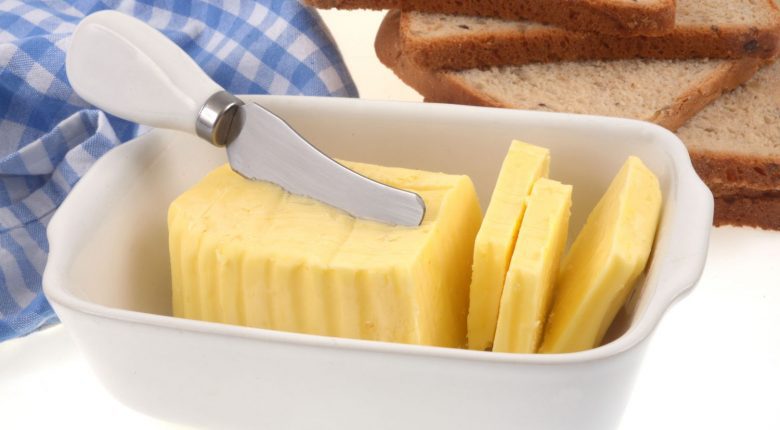Butter has been a staple in kitchens for centuries, but as you know, there are two main types of butter: salted and unsalted. We will explore the differences between these two types of butter and when to use them.
History of butter
People have made butter for thousands of years, with evidence of butter-making dating back to 2000 BC. Salt was originally added to butter as a preservative, allowing it to be stored for longer periods of time without spoiling. Today, salt is still added to some butter for preservation, but also for flavour.
Salt was originally added to butter as a preservative, allowing it to be stored for longer periods of time without spoiling. Before the days of refrigeration, salt was the only way to have butter in the winter months when farmers couldn’t get fresh dairy from their livestock. As such, unsalted, fresh butter was considered a delicacy.
Salted vs Unsalted Butter in Cooking
Nowadays, salted butter contains only about 1.5% sodium, which is only about a pinch of salt for an entire stick. This means even if you feel it on the palate, you won’t really notice a huge difference between salted and unsalted butter, especially if you use it for cooking.
When it comes to cooking, the main difference between salted and unsalted butter is the amount of salt. Salted butter contains added salt, while unsalted butter does not. This affects the flavour of your dishes, However, it’s important to consider which type of butter to use in your recipes.
Recipes with Salted Butter
Salted butter is great for spreading on toast or using in savoury dishes where a salty flavour is desired. Try using salted butter in recipes like garlic bread or mashed potatoes.
Recipes with Unsalted Butter
Unsalted butter is often used in baking because it allows you to control the amount of salt in your recipe. Try using unsalted butter in recipes like cakes or cookies.
When to Use Salted vs Unsalted Butter
In general, use salted butter when you want to add a salty flavour to your dish and unsalted butter when you want more control over the amount of salt. It’s always a good idea to taste your dish and adjust the seasoning as needed.
Refrigerating and Preserving Butter
Store butter in the refrigerator to keep it fresh. Salted butter can last longer than unsalted butter due to the added salt acting as a preservative.
Refrigerating and preserving butter is important to keep it fresh and prevent spoilage.
Store butter in the refrigerator: Store butter in the refrigerator to keep it fresh. Salted butter can last longer than unsalted butter due to the added salt acting as a preservative. Use the Liebherr butter dish to keep your pack of butter. You can carry it conveniently by its lid and open it easily.
If you don’t get it yet, keep butter wrapped: Keep butter wrapped or in an airtight container to prevent it from absorbing odours from other foods in the refrigerator.
Freeze butter for longer storage: If you have extra butter that you won’t use right away, you can freeze it for up to 6 months. Wrap the butter tightly in plastic wrap or kitchen foil before freezing. Fight food waste by freezing it with the Liebherr freezing technologies.
Use a butter dish: If you prefer to keep your butter at room temperature for easier spreading, use a butter dish with a lid. This will help protect the butter from air and light, which can cause it to spoil faster.
By following these tips for refrigerating and preserving butter, you can ensure that your butter, salted or unsalted, stays fresh and tasty for all your cooking and baking needs.
Where to store the butter in the fridge?
Storing butter in the fridge can be a bit of a conundrum. On one hand, you want to keep it fresh and prevent it from going rancid. On the other hand, you don’t want it to be rock hard when you’re trying to spread it on your toast. So where is the best place to keep your butter in the fridge? The answer is simple: the butter compartment!
Most fridges come equipped with a small compartment specifically designed for storing butter. It’s usually located on the door of the fridge and is the perfect temperature for keeping your butter fresh while still being soft enough to spread. So next time you’re putting away your groceries, remember to pop your butter in its designated dish for optimal storage. In a Liebherr fridge, the butter dish can be easily moved to make life more convenient and help you to store all your groceries easily.
In conclusion, whether you choose salted or unsalted butter depends on your personal taste and the recipe you’re making. Experiment with both types to find what works best for you!